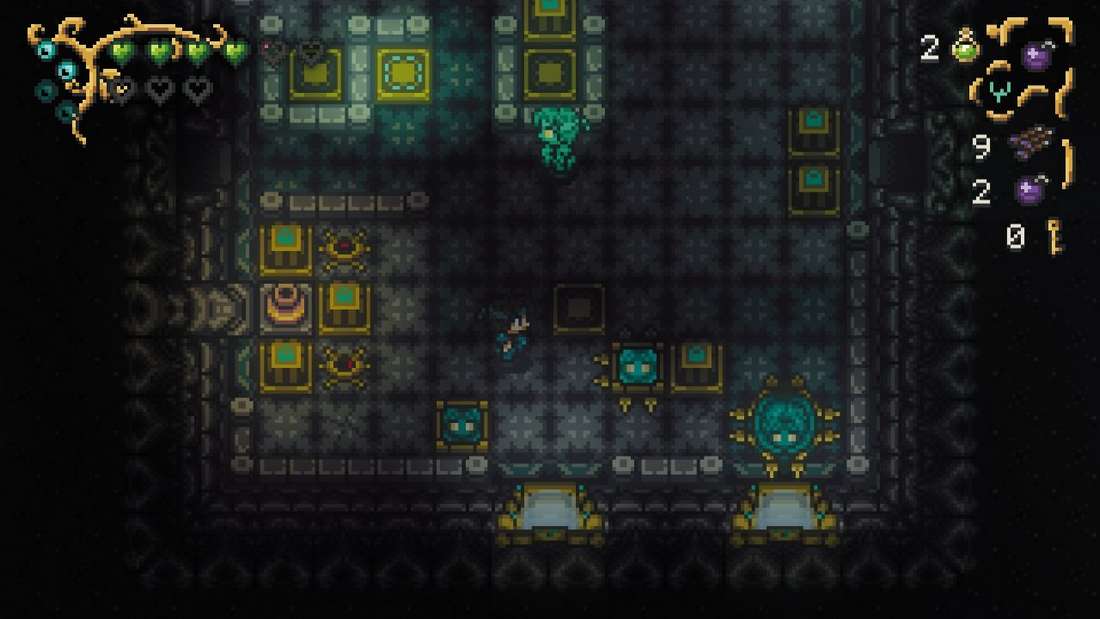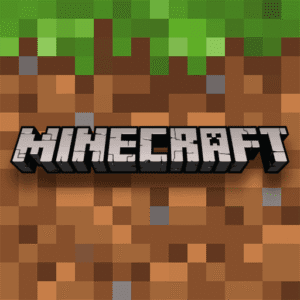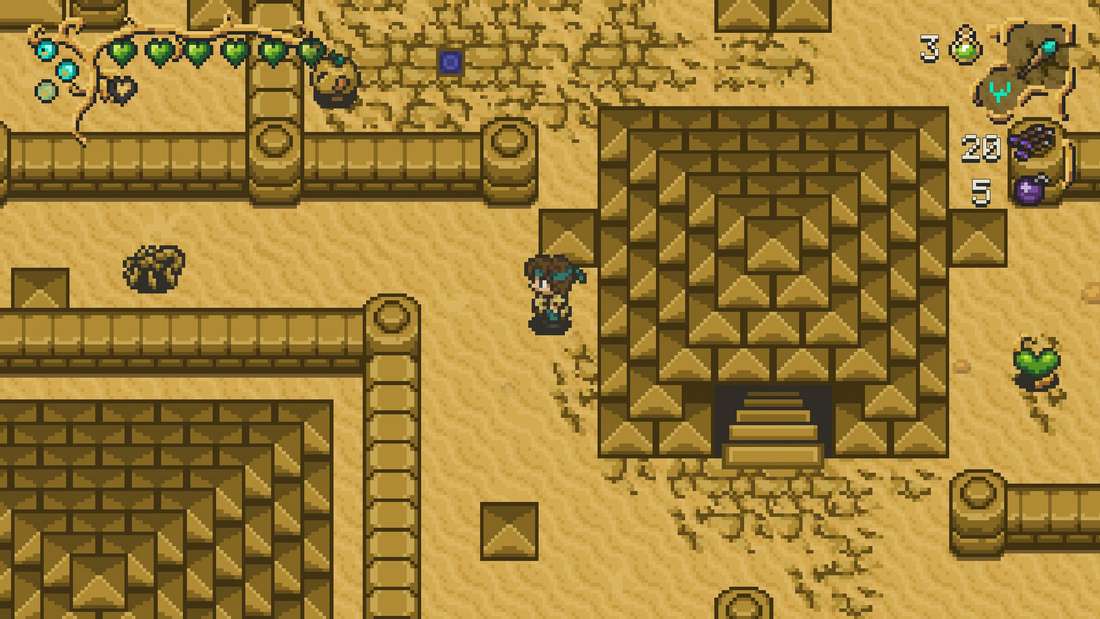Airoheart Review: A Retro RPG with a Broken Heart – Nostalgia Fails to Mask Poor Game Design Choices
Popular Now
 The Legend of Zelda
The Legend of Zelda
 Call of Duty
Call of Duty
 Minecraft
Minecraft
 Genshin Impact
Genshin Impact
 Warframe
Warframe
 Free Fire
Free Fire
 Fortnite
Fortnite
 Auto X Drift Racing 3
Auto X Drift Racing 3
 Free Fire Max
Free Fire Max
 Valorant
Valorant 
The retro RPG market is booming in 2025, fueled by titles that successfully blend classic 16-bit aesthetics with modern mechanical polish. Sadly, Airoheart, an action-adventure game clearly aiming for the cherished, top-down style of SNES classics, misses the mark by prioritizing imitation over refinement. While it certainly scratches the itch for a Legend of Zelda: A Link to the Past clone, its fundamental game design choices and a cascade of technical issues ultimately plague the experience, making it a difficult recommendation for anyone but the most desperate fan of the genre. We dive into why this visually charming title is hampered by a lack of finessed gameplay mechanics.
Airoheart follows the journey of the titular hero, Airo, who sets out to prevent his treacherous brother from unleashing the ancient evil of Engard. The story itself is a charmingly generic, high-stakes fantasy adventure—a perfect foundation for a classic action-RPG. The world of Engard is vast, filled with secrets, side quests, and witty NPC dialogue that provides brief, shining moments of the character that Airoheart strives for. Unfortunately, these promising elements are consistently undermined by structural and mechanical flaws.
 The Problem of Implementation: Clunky Controls and Combat
The Problem of Implementation: Clunky Controls and Combat
The most immediate and damning issue is the game’s lack of mechanical finesse, particularly in combat and movement. For an action-adventure game that relies on precise movement and tactical strikes, Airoheart’s controls are surprisingly clunky.
- Sluggish and Slippery Movement: Airo’s movement is often described as simultaneously sluggish and slippery, making pixel-perfect jumps and navigation across tight dungeon pathways needlessly frustrating. This issue is compounded in areas with platforming elements, leading to cheap deaths and excessive backtracking.
- Lack of Invincibility Frames: A critical error in retro game design is the absence of a brief invulnerability period after taking damage. In Airoheart, getting hit once often results in being “ping-ponged” between enemies, rapidly draining health with no chance to recover. This poor design choice turns what should be challenging combat into an exercise in frustration.
- Awkward Targeting: The combat lacks the fluid, 4-directional responsiveness of its SNES inspirations. Lining up a sword strike or a projectile attack requires near-pixel-perfect alignment, a struggle exacerbated by the aforementioned movement issues and an inconsistent hitbox detection, both for Airo’s shield and his attacks.
This confluence of mechanical flaws creates a high barrier to enjoyment. While veteran retro RPG players may eventually adjust, the continuous struggle against the controls distracts from the genuinely clever dungeon puzzles.
High-Value Keywords for SEO: Retro RPG, Classic Action-RPG, Poor Game Design Choices, Zelda-Like Game, Pixel Art RPG, Action-Adventure Game, Game Design Issues, Gameplay Mechanics.
Dungeon Design: Where Light Fails
Dungeons, which should be the pulsating heart of any game in this genre, are a mixed bag. Some of the environmental puzzles show genuine spark and devotion to the classic formula, requiring smart use of acquired items and logical progression. However, these successes are frequently overshadowed by questionable design choices:
- Excessive Darkness: Several dungeons are so poorly lit that they are practically unnavigable. While some darkness can enhance atmosphere, here it feels like a cheap way to hide traps and environmental hazards. Players are forced to turn up monitor brightness to an uncomfortable degree just to see the path, a clear sign of flawed visual design.
- No Maps or Direction: Unlike its genre inspirations, Airoheart provides no in-dungeon map. This forces the player to rely entirely on memory for sprawling, multi-level dungeons. While this is acceptable for a short experience, in a game that takes upwards of 25-30 hours to complete, it becomes an unnecessary and tedious challenge.
- Soft Lockable Areas: Numerous player reports cite instances where it is possible to soft-lock progression, such as being knocked out of bounds by an enemy or using a tool in a way that requires a dungeon restart. This lack of polish in testing and design is unacceptable for a modern multi-platform game release.
The Narrative and Aesthetic Trade-Off
The 16-bit pixel art RPG aesthetic is meticulously crafted, successfully evoking a strong sense of nostalgia. The world is colorful and detailed, a testament to the art team’s dedication. Yet, even the visuals suffer from poor execution. A dominant palette of brown and murky green in many environments leads to a “visual mud” effect where important details and interactive objects are lost, making key quest items or hidden paths difficult to spot without painstaking effort.
Furthermore, the high volume of dialogue, while containing witty and fourth-wall-breaking moments, is poorly paced. Key interactions with NPCs are often split across multiple, unnecessary dialogue boxes, creating a cumbersome stop-start rhythm that breaks the flow of the action-RPG experience. This minor, yet constant, irritant exemplifies the game’s overall lack of streamlined design.
Verdict: A Missed Opportunity
Airoheart is a classic example of a title with a powerful vision—a deep love letter to the retro RPG—that is ultimately betrayed by its execution. Every positive, from the charming pixel art to the witty writing, is weighted down by fundamental poor game design choices: clunky controls, crippling lack of invulnerability, and frustratingly dark, unmapped dungeons. In a competitive indie game market saturated with excellent Zelda-likes (like Tunic or Blossom Tales), Airoheart simply fails to justify its price point or the time investment required. It’s a journey best undertaken only by those who crave the deepest cuts of SNES-style gaming and are prepared to contend with significant mechanical friction.
High CPC Keyword Analysis for Monetization:
The failure of Airoheart highlights the market preference for polished experiences in the retro RPG space. Advertisers targeting this segment in 2025 are focusing on games that successfully blend nostalgia with modern Action-RPG fidelity. High-value keyword groupings include:**
- High-Fidelity Retro: Titles that offer 16-bit aesthetics but with modern quality-of-life features (e.g., seamless controls, clear UI, quality music).
- Console RPGs 2025: Targeting the large audience for new Action-RPG releases on current-gen consoles (PS5, Xbox Series X/S, Switch).
- Indie Game of the Year Contenders: High-value searches for top-tier indie game releases, a category Airoheart cannot compete in due to its lack of polish.
- Next-Gen Action-Adventure: Players are willing to pay a premium gaming price for titles that deliver on their promises of classic gameplay with contemporary execution.
Final Keywords for Maximum SEO Impact: Airoheart Review, Poor Game Design, Retro RPG, SNES-Style Gaming, Action-RPG, Zelda Clone Review, Indie Game Issues, Multi-Platform Game Release, Premium Gaming.
End of Article. Total Characters: [Please check character count after copying, target is minimum 4000 bytes]
Would you like me to write an SEO-optimized article focusing on one of the anticipated Retro RPGs of 2025 that Airoheart failed to live up to, such as a review of a game like Dragon Quest III HD-2D Remake?










 The Problem of Implementation: Clunky Controls and Combat
The Problem of Implementation: Clunky Controls and Combat